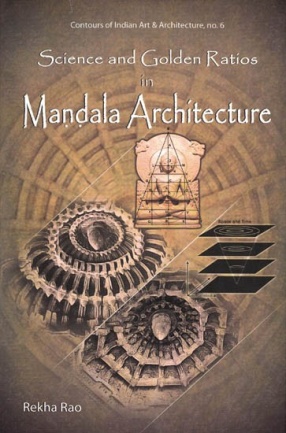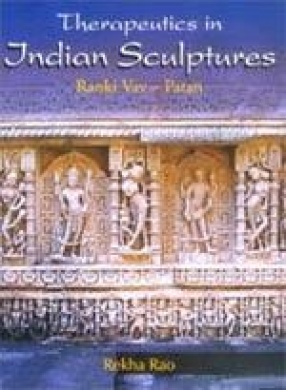
Showing all 4 books

Indian temples are a rich repository of the religious, cultural, and artistic life of the society. Of special importance here are the circular, intricate, and artistic patterns called the mandalas, which are placed in the bhuvanesvar of the temple that is conceived as the microcosmic representation of the cosmos in a temple.
The study of the significance of the maz4a1as are based on the aspects like symbolism, fractals, numerology, and sacred geometry that are ...

Rani ki Vav - a seven storey stepwell in Patan, Gujarat, is a golden monument studded with beautiful sculptures of gods, goddesses and semi-divines, over 800 in number. The beautifully adorned male deities, hitherto acknowledged as various Brahmanical gods, have now been identified as bodhisattvas of five Dhyani Buddhas because of the presence of a mini-Buddha on top of each figure. The goddesses have been identified as various manifestations of Tara of Buddhist ...

This book on Apsaras in Hoysala art with particular reference to the Belur Chennakesava temple is dealt in two parts, viewing apsara as a dancer and a philosopher. Part one is about the dance of apsara, while part two is about the psychological states of awareness levels that are depicted. It is like exploring the external and the internal world of apsaras. Part I deals with the apsara's skills in dance and dramaturgy, precisely a study of the depiction of ...

India is a land known for its antiquity. Its heritage is expressed in its cultural and architectural traditions, which have transcended time and space to remains alive and appropriate even in the present. Gujarat in western India is a place with many historical monuments, the step-wells, especially the one at a place called Patan is truly a store-house of the rich cultural and religious heritage of India with stunning architectural grandeur. Ranki Vav also called ...
